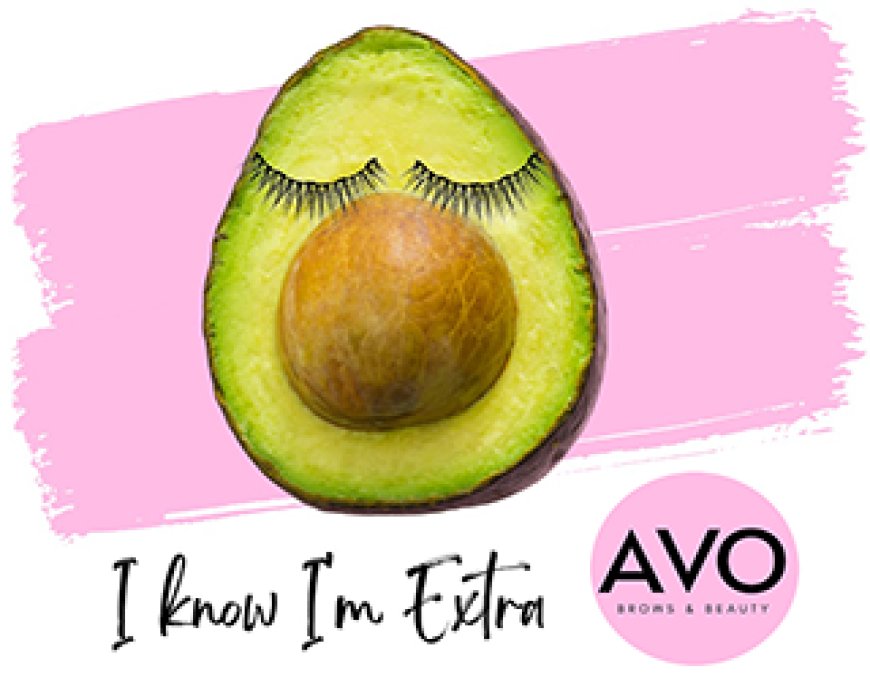6 Business Liabilities You Might Encounter on Your Entrepreneurial Journey

Owning a business comes with a long list of benefits. Being able to work for yourself rather than someone else is one of the main advantages entrepreneurs mention. Having more freedom and independence are definitely worth their weight in gold. Having a higher earning potential is certainly nice bonus as well. Being able to follow your passion and share it with others is a boon too. All those benefits, along with many others, can give you a great deal of personal satisfaction.
Of course, being an entrepreneur also comes with an array of responsibilities, not the least of which are ensuring employees’ safety, operating ethically, providing exemplary customer service, and remaining in compliance with industry laws and regulations to name a few. Financial liabilities come into play as well. It’s important to understand those obligations and how liabilities affect business health. The following six are some of the most significant liabilities you might encounter on your entrepreneurial journey.
1) Accounts Payable
Accounts payable are among more obvious liabilities business owners face. This category encompasses the money you owe suppliers, vendors, and other members of your supply chain for the goods or services you receive from them. Managing those liabilities well can help you develop strong relationships with members of your supply chain and ensure it always flows smoothly.
Additionally, those you owe money to are more likely to work with you if you remain in good standing with them. That’s certainly helpful during those times when funds are tight but you can’t afford to bring your company to a screeching halt until things take a turn for the better. Constantly owing money to creditors is common in business, but it’s important to avoid letting those obligations get out of hand.
Managing accounts payable poorly or having more than you can feasibly handle can cause a range of problems, though. It can leave you paying exorbitant late fees and interest charges, which will eat into your profits. Members of your supply chain may start requiring you to pay for supplies or services upfront, which can greatly hamper your cash flow. They may ultimately refuse to work with you at all, which can cause an array of problems in its own right.
2) Loans and Lines of Credit
Loans and lines of credit are major liabilities for businesses as well. These differ from accounts payable in a few key ways. Accounts payable include money owed for goods or services you’ve already received. They’re short-term obligations that must be repaid within 30 to 90 days though some exceptions may apply. Though they don’t usually involve interest payments, creditors may choose to charge you interest if you’re repeatedly late with payments.
On the other hand, debt obligations include money you borrow from lenders. They’re generally long-term liabilities that must be repaid per formal loan agreements. They do come with interest, and repeated late payments can leave you paying far more interest over time than you would otherwise.
Having too many loans and lines of credit than you can handle may interfere with your future borrowing power. It can greatly limit your potential for growth as well. Quite a few businesses have been forced into bankruptcy due to excessive debt liabilities. Maintaining a healthy debt-to-equity ratio is essential, as is keeping your loans and lines of credit current.
3) Tax Liabilities
Then, there are tax liabilities. Those include income, payroll, sales, and property taxes. Paying quarterly estimated tax payments and properly deducting withholding taxes from employees’ paychecks are a couple of vital steps for preventing large, potentially unmanageable tax expenses. They’re also crucial for preventing unexpected legal and compliance issues with the IRS.
If you fail to cover the tax liabilities that apply to your industry and business, even inadvertently, numerous issues may arise. The IRS can charge you significant penalties and interest. They can even shut you down for noncompliance and seize your business assets.
4) Payroll and Employee Liabilities
Payroll and employee liabilities are often the biggest expenses businesses face. This is also one of the broadest categories of liabilities. Much of it revolves around employees’ wages, benefits, workers’ compensation, and unemployment insurance. Misclassifying employees, failing to withhold the proper amounts from their income, and other oversights can lead to serious problems for them and for you.
Additionally, there are numerous other issues to consider in the category of employee-related liabilities. Employee misconduct, such as harassment, theft, mistreating customers, and other wrongdoings, can lead to major issues for you as well. Those might include lost business and lawsuits. Both those and payroll and tax-related employee liabilities are considerable risks that you should be aware of and prepared for.
5) Lease and Rent Obligations
Lease and rent obligations likewise enter the mix. If you don’t own your own business property, you’ll be leasing or renting it. Commercial leases usually involve long-term commitments whether the businesses in question are performing well or struggling. They can be problematic at times when cash flow is tight. Commercial property owners are often unwilling to renegotiate lease terms or work with their tenants even if they’re experiencing financial hardships.
In the event you’re forced to move or close your doors due to financial difficulties, you won’t be absolved of your lease or rent obligations. You’ll still be liable for them. In fact, leaving before your lease is up may even leave you paying additional penalties. That’s another point to be mindful of.
6) Legal and Liability Exposure
Finally, there’s legal and liability exposure. That includes potential lawsuits from customers, employees, or business partners. It also involves regulatory fines and compliance violations. Legal costs for these liabilities can quickly add up, even if the claims against you are unfounded. Having to pay out settlements can be devastating for small and medium businesses. Having adequate insurance coverage for issues like those is essential, but many entrepreneurs who think they’re properly covered end up falling sorely short.
Protecting Your Business and Yourself
Owning a business can bring you a long list of benefits, but it also places a great deal of weight on your shoulders. These are only a few of the liabilities you’ll face as an entrepreneur. It’s important to pay close attention to your inflow versus outflow, be aware of the risks you’re up against, and have a solid plan in place for dealing with liabilities. Those measures will help keep you afloat and foster your future growth.
The post 6 Business Liabilities You Might Encounter on Your Entrepreneurial Journey appeared first on Entrepreneurship Life.












